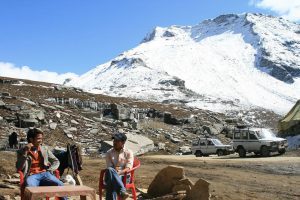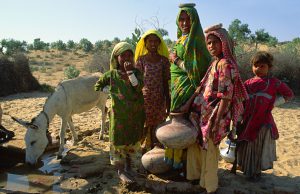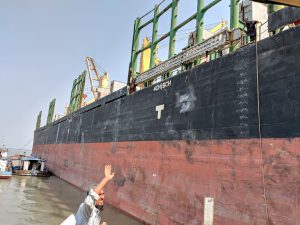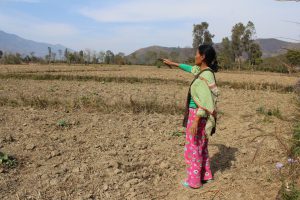Shaheen Mollah recalls that, when he was a child, goods-carrying boats used to come to Karwanbazar, a wholesale market at the centre of the Dhaka city, through the Narai canal. They mostly carried vegetables and fish. He recalls these goods used to come by boat until the 1980s, till the construction of Rampura bridge.
Now there is no sign of the Narai canal near Karwanbazar. The area where boats used to be anchored – going by Shaheen Mollah’s memory – shows a meagre flow of sewage in a tiny drain. A multi-storeyed office building of the Bangladesh Garment Manufacturers and Exporters Association (BGMEA) stands on top of the area where the boats once came.
Mollah has lived in this area all his life, and he showed where a vast wetland, where people used to catch fish, has been filled up and converted into residential areas.
As in the Karwanbazar area, most of the canals of Dhaka city and its suburbs have been covered up, and all the wetlands adjoining the canals have been filled up, mostly for housing. Out of the 56 canals that used to flow in Dhaka city, only 12 exist now.
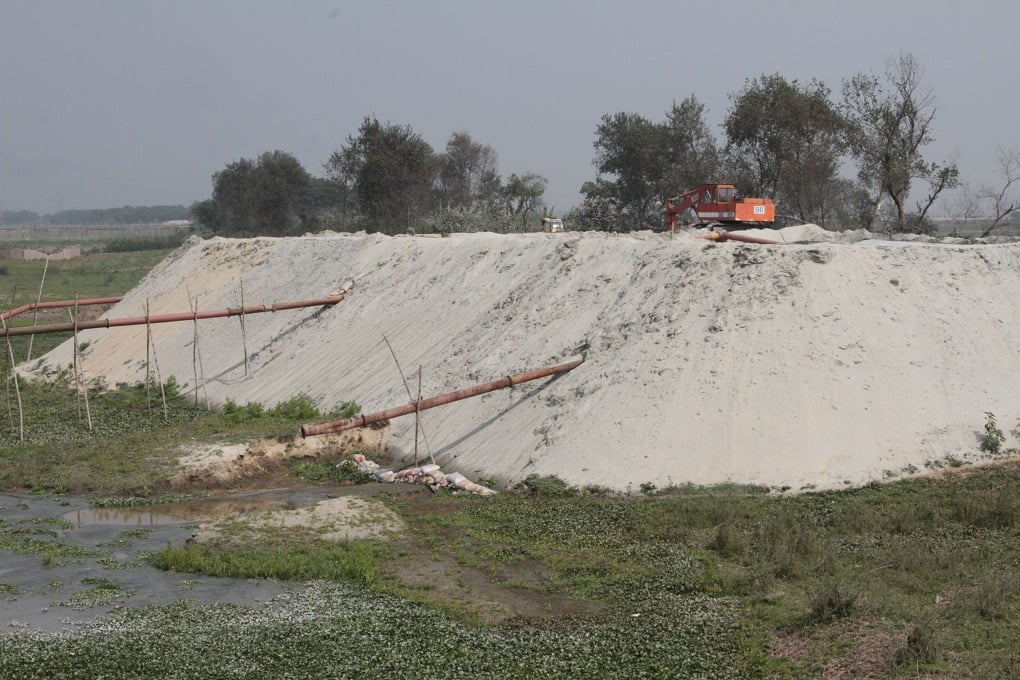
According to research conducted by Ishrat Islam of the Department of Urban and Regional Planning at the Bangladesh University of Engineering and Technology (BUET), nearly 10,000 acres of wetland were filled up in Dhaka city and its suburbs every year from 1999 to 2010. Before that, around 13,000 acres of wetland were filled up each year between 1989 and 1999.
All these wetlands were converted to housing plots or commercial space. Housing companies have erected signboards in almost all the low-lying areas and croplands in and around Dhaka.
Booming population, unplanned growth
Currently Dhaka city covers 1,528 square kilometres under its jurisdiction. The first master plan of Dhaka city for planned development was prepared in the 1950s for an area of 820 square kilometres. But after Bangladesh became an independent country in 1971, and Dhaka its capital, all the plans failed and Dhaka started growing spontaneously.
Expansion of industrialisation and export-led garments’ boom and establishment of associated factories during the 2000s created employment opportunities for thousands of rural women and men within, and adjacent to, Dhaka. This forced the city to expand even more.
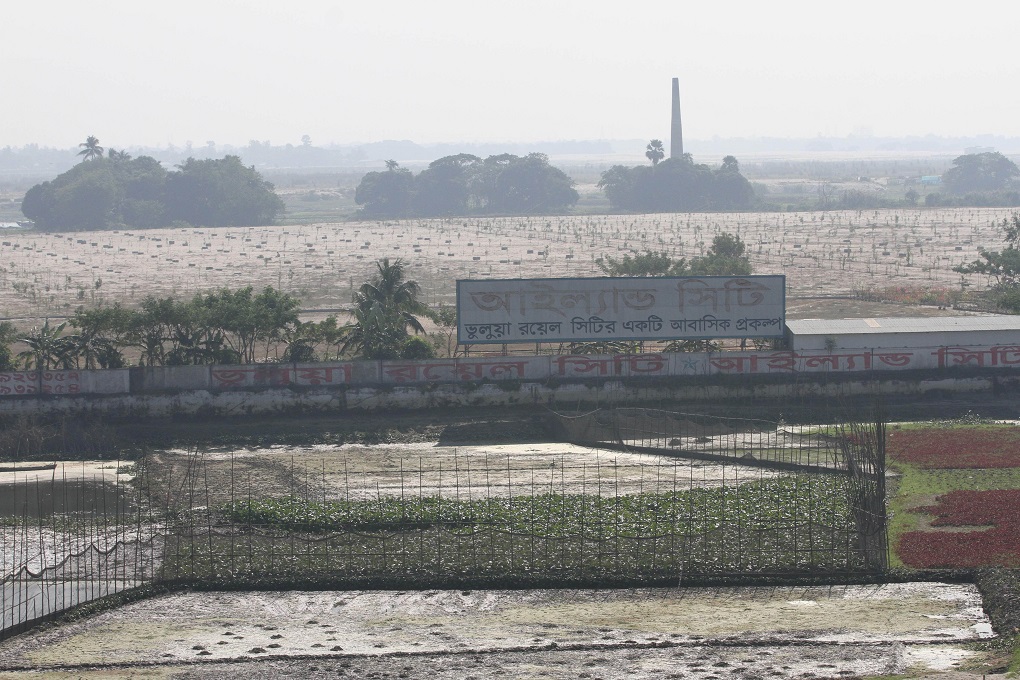
Dhaka and the municipalities that make up the Greater Dhaka Area have a total population of over 18 million, and the city has shown population growth of about 4.2% annually.
Nazrul Islam, one of Bangladesh’s experts on urbanisation, suggested that decentralisation of the governance system could be a solution to unplanned growth. Even with that, though, the government has to take initiatives to discourage local migration.
Impact of wetland loss
Loss of wetland and unplanned growth of Dhaka city has made the city almost unliveable.
In 2015, the Economist Intelligent Unit (EIU) ranked Dhaka city as the second worst in their annual liveability ranking. Out of 140 mega cities, Dhaka stood 139, only better than war-torn Damascus, in Syria.
Environmentalists say that the unplanned growth of Dhaka has been causing multiple problems. Iqbal Habib, an architect and also joint secretary of Bangladesh Poribesh Andolon (Bapa), said, “Traditionally the canals in and around Dhaka connected with the four rivers around the city. They used to drain out storm water and the wetlands used to work as water retention areas. But now, that system has been ruined and the city is facing severe waterlogging.”
“Now all the roads look like canals after a little rainfall,” he added, causing hour-long traffic jams.
“As there is no open space, no wetland and greenery in the city, different parts of the city has been working as heat islands. Temperature within these heat islands has increased 2 to 4 degrees C more than in other areas.”
As these areas, and Dhaka as a whole, heat up without the wetlands to cool them down, energy consumption has also gone up as people find they can no longer do without air conditioning or at least electric fans. With that, the carbon footprint of the city has become bigger, driving a terrible cycle of heat and hazard.
![<p>As Dhaka expands, wetlands are illegally taken over in its suburbs [image by: Sheikh Enam]</p>](https://dialogue.earth/content/uploads/2018/03/IMG_1493.jpg)



